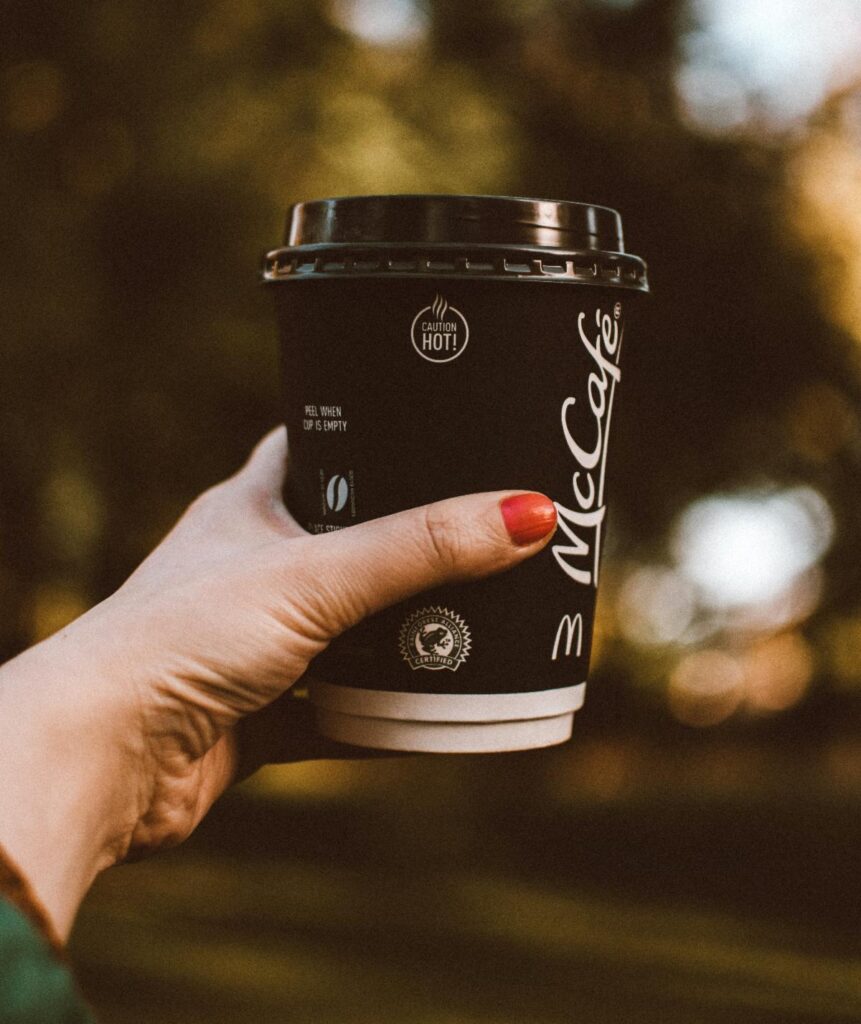The McDonald’s Coffee Case
We’ve all heard of it, right? But many do not know what this case was really about and it has led to much misunderstanding of what personal injury attorneys do, of what kinds of injuries and circumstances justify monetary compensation, and how such value is determined.
ABC News called this case the “poster child for excessive lawsuits.” It’s often cited as an example of what is wrong with America’s civil court system. But in actuality, it is a fascinating case and very instructive of legal issues that personal injury attorneys confront every day.
Let’s start with the facts. Stella Lieback was a 79-year-old woman who purchased a cup of coffee from a McDonalds drive thru. Her grandson, who was driving the vehicle, parked it so that Stella could add cream and sugar to her coffee. While attempting to remove the lid, Stella spilled the entire cup of coffee onto her lap. This caused third degree burns that required an 8-day hospitalization, skin grafting procedures, weeks of home health care, and 2 years of disability. Stella was also permanently disfigured.
A jury ultimately awarded Stella a total of $2.9 million for her injuries and in punitive damages against McDonalds. That big number is what people typically remember. But the details that are frequently forgotten are, firstly, that Stella had been willing to accept a mere $20,000- the amount of her out of pocket expenses- from McDonalds to resolve her case. McDonalds, however, refused to offer Stella more than $800, thereby forcing Stella’s attorneys to file a lawsuit and take the case to trial.
What is also often overlooked, is that the evidence presented in the trial established that McDonalds was intentionally brewing its coffee at a significantly higher temperature than was customary in the industry. McDonalds had figured out that the hotter the coffee, the longer it would last, which meant they could sell more coffee and make more money. In fact, McDonalds did the math and realized that what they were paying in lawsuits to burn victims across the country, of which there were many, was still significantly less than their profits in coffee sales.
In short, McDonalds knew they were injuring people but made a conscious choice to prioritize profit over customer safety. Interestingly enough, Stella’s jury award was not an arbitrary number, it equaled two days’ worth of McDonalds coffee sales profits.
But Stella did not walk away with millions like many may think. The law limits the amount plaintiffs can receive in punitive damages and so that figure was reduced from $2.7 million to $480,000. In addition, because the jury found that Stella was 20% at fault for her injuries, the award was further reduced by 20%. Florida courts perform this same reduction for comparative fault if any is found by the jury.
So Stella’s $2.9 million became $640,000.
At the end of the day, the case ultimately settled for an undisclosed amount without the filing of an appeal by either party.
The takeaway from cases like this one are that sometimes fault is not a black and white concept. It’s certainly a cautionary tale for companies who might be inclined to risk their patrons’ well-being for profit. It’s also important to keep in mind that unfortunately, no matter how severe a plaintiff’s injuries may be or how reprehensible a defendant’s behavior may be (and despite what you may see on billboards), substantial recoveries only occur where the at fault party, or some form of insurance, has the ability to pay those big dollar amounts.
As always, we are here as a resource to answer any questions that you may have. Stay safe out there!
